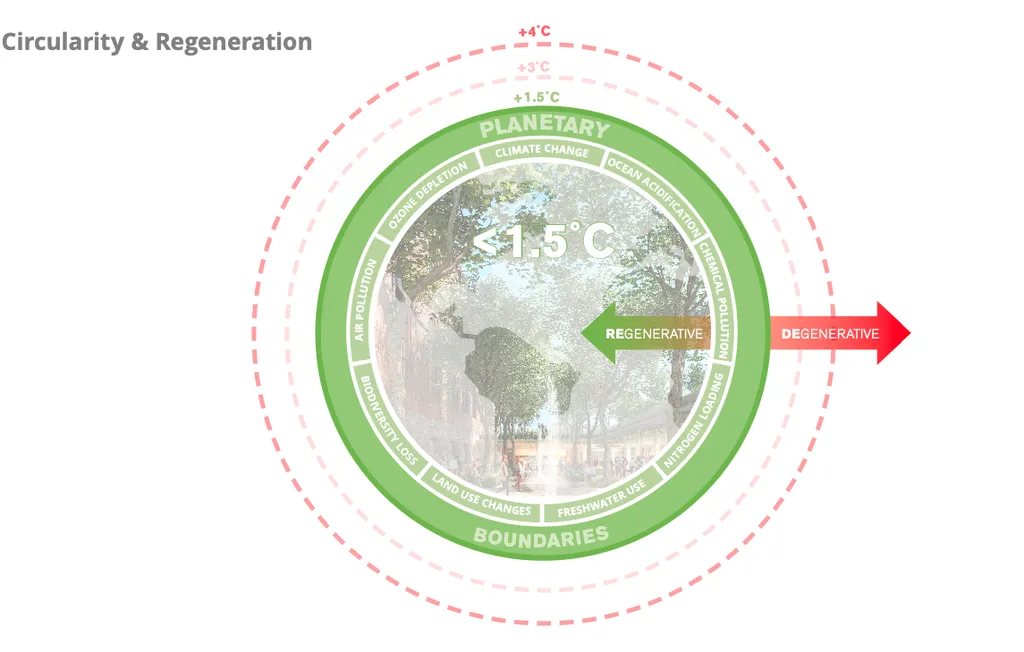In the quest to reduce the construction industry’s substantial environmental footprint, a novel method developed by Joana Fernandes from the Universidade de Lisboa’s Instituto Superior Técnico offers a promising approach. Fernandes, corresponding author of the study published in the journal *Developments in the Built Environment* (translated as *Advances in the Built Environment*), has introduced the Carbon Circularity Method, a tool designed to bridge the gap between circular economy practices and embodied carbon assessment in building refurbishment.
The construction sector is a significant contributor to global resource consumption, waste generation, and greenhouse gas emissions. Refurbishment strategies are vital for mitigating these impacts by extending the lifespan of buildings. However, existing assessment methods often fall short of providing a comprehensive analysis of refurbishment design regarding resource management and global warming. Fernandes’ research addresses this gap by combining multi-level assessments of Circular Economy (CE) practices with embodied carbon quantification.
“The Carbon Circularity Method defines clear system boundaries, refines End-of-Life strategies, and introduces carbon-informed CE quantification,” Fernandes explains. This method aligns with established standards and offers a more holistic approach to evaluating the environmental performance of building refurbishment projects.
The findings of Fernandes’ study reveal that while high Disassembly Indexes facilitate CE practices, the circularity potential is often constrained by the condition of components. By integrating embodied carbon assessment, the method helps prioritize low-carbon-intensive products, reinforcing CE strategies and enabling a comprehensive evaluation of both CE and climate impact.
“This integration offers a valuable tool for improving building environmental performance,” Fernandes notes. The Carbon Circularity Method provides a more nuanced understanding of the environmental impacts of refurbishment projects, allowing stakeholders to make informed decisions that balance circular economy principles with carbon reduction goals.
The implications of this research are significant for the energy sector and the construction industry at large. As buildings become more energy-efficient and sustainable, the demand for low-carbon materials and circular economy practices is expected to grow. Fernandes’ method offers a practical framework for assessing and optimizing the environmental performance of refurbishment projects, potentially shaping future developments in the field.
By providing a clear and comprehensive assessment tool, the Carbon Circularity Method can help stakeholders navigate the complexities of building refurbishment, ultimately contributing to a more sustainable and low-carbon built environment. As the industry continues to evolve, the integration of circular economy principles and embodied carbon assessment will be crucial in achieving long-term environmental and economic benefits.

